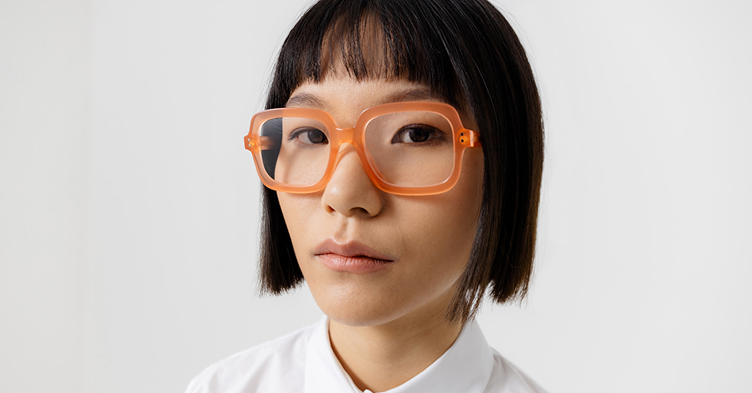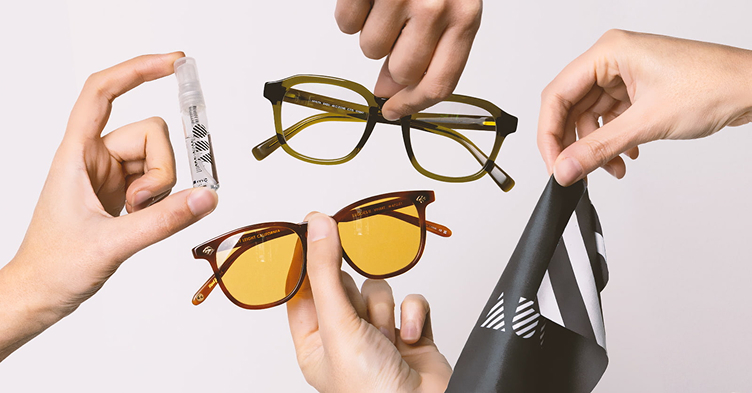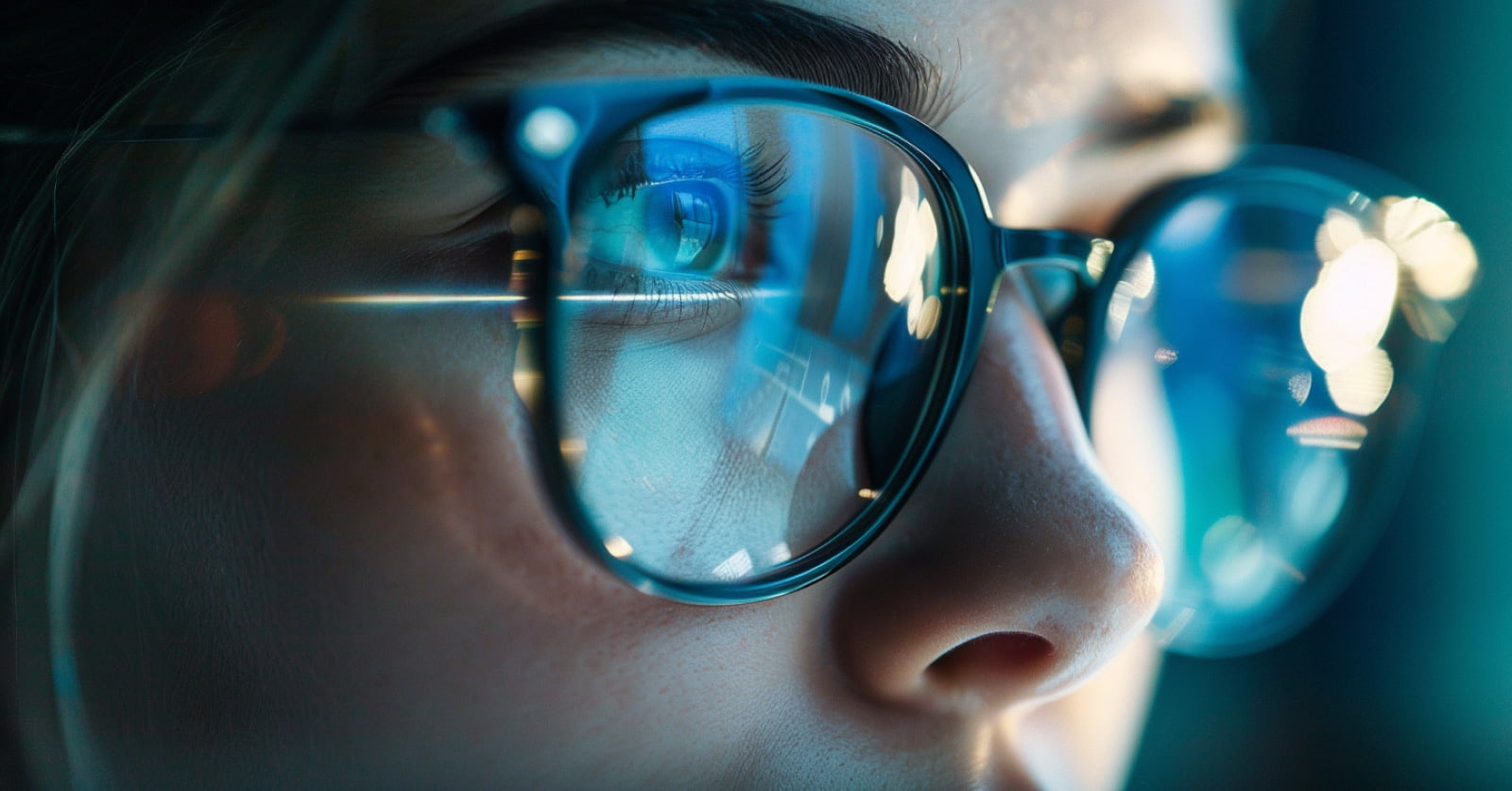Blue Light
Reduce screen strain and refresh your eyes all day.
Read moreCheck out our related articles to inspire you or fill you in on all things eye care.

Read on to discover all the benefits of adding anti-reflective lenses to your eyeglass frames.
Read more
Suffering from smudgy frames? We asked our resident optician for his best tips on how to properly clean your glasses.
Read more
Discover the benefits of adding blue light-blocking lenses to your eyeglass frames.
Read moreReading glasses help you see clearly up close, such as when reading from a smartphone, computer, or book. Prescription glasses, on the other hand, can correct a wider range of vision problems, including myopia, astigmatism, and more. Reading glasses usually use magnifying lenses with a preset corrective power, while prescription glasses are customized based on your specific vision needs.
Reading glasses magnify text and fine details, making close-up vision easier. They reduce eye strain and allow for more comfortable focusing during reading, using smartphones and tablets, or precision tasks like sewing or DIY work.
If you find yourself holding books or your phone farther away to see clearly—or if your eyes feel tired after doing near work—you may need reading glasses. Frequent headaches or blurry near vision are also common signs.
To determine the right strength, check how clearly you can read fine print at a close distance. If you're over 40, a starting power of +1.00 to +1.50 is usually recommended. If the text remains blurry, try a slightly stronger option until your near vision feels comfortable and strain-free.
No, reading glasses won’t damage your eyes. Using the wrong strength might cause temporary discomfort like headaches or eye strain, but it won’t harm your vision. However, some ophthalmologists advise against resorting to reading glasses too early, as they may not address underlying vision issues. For personalized advice, consult your eye doctor.
Yes, reading glasses vary in quality based on materials, lens quality, and craftsmanship. Higher-quality designer glasses often provide better clarity, durability, and comfort.